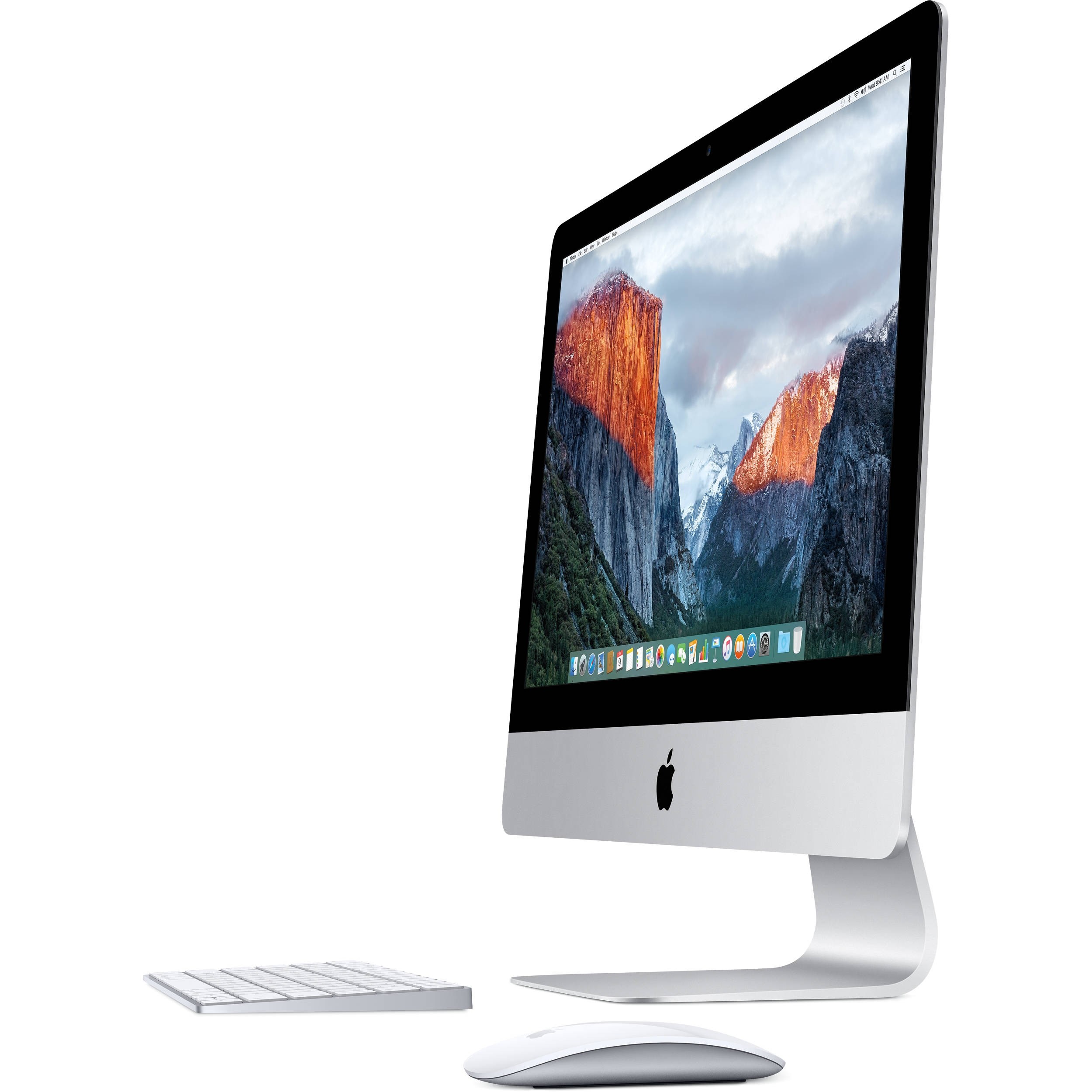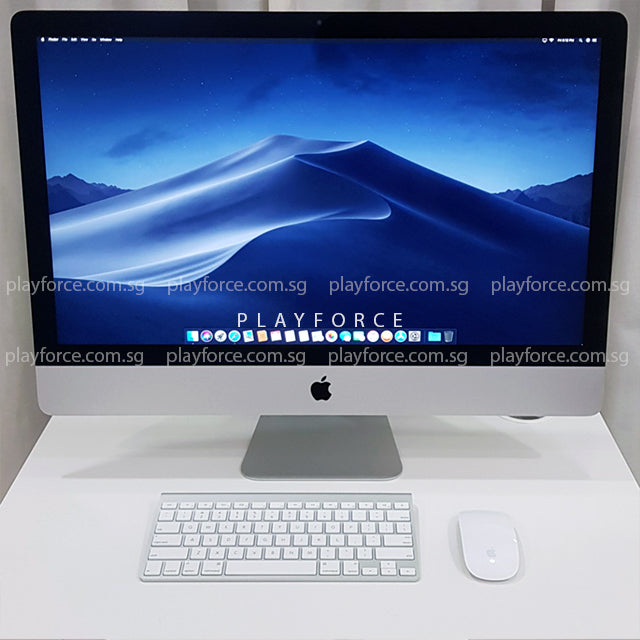
You’d put frequently used applications on the SSD and relegate everything else to the HDD. Fusion Drive is similar to what you’d do manually if you had a small SSD and large HDD in a single system. Fusion Drive appears as a single volume equal to the capacity of SSD + HDD, with the software layer intelligently managing what data ends up on the SSD and what ends up on the HDD. I put caching in quotes because Fusion Drive doesn’t actually act like a cache but rather a software managed, spanned storage volume. At a high level, Fusion Drive is a software managed SSD “caching” solution on top of a 128GB SSD and 1TB or 3TB HDD.

I went through a deep analysis of Apple’s Fusion Drive with the 2012 iMac, so I’ll spare you the details here. Long term I believe Apple has a solution to this problem other than forcing everyone to accept a two-volume approach to storage (or, alternatively, dealing with small/fast local storage and putting everything else in the cloud). My guess is that Apple views the iMac as targeting a slightly different audience than those systems, an audience more used to large, single-volume storage. Both the MacBook Air and MacBook Pro with Retina Display are SSD-only, and the same will be true for the coming Mac Pro.

The iMac is an unusual member of Apple’s Mac lineup in that it is one of the only systems to ship with a HDD by default.

However, shooting for bearable is aiming too low in my opinion. OS X continues to do a great job caching frequently used data in main memory, something the iMac has plenty of in its default 8GB configuration, so the HDD-only option does quickly become bearable.

It’s been quite a while since I’ve forced myself to use a system with only a HDD, and going back to one now just reaffirms what I’ve been thinking for a while: HDD-only systems have been killing the PC industry for a while now. MEMBER, A.K.W.By default all of the iMacs come with a 2.5" or 3.5” (21.5/27" iMac) mechanical hard drive.


 0 kommentar(er)
0 kommentar(er)
